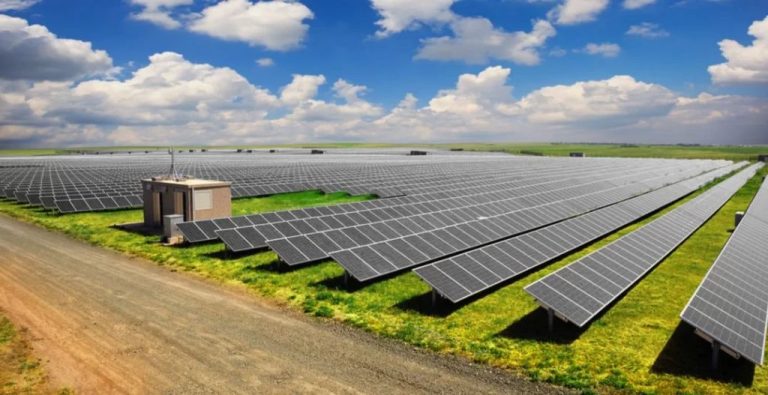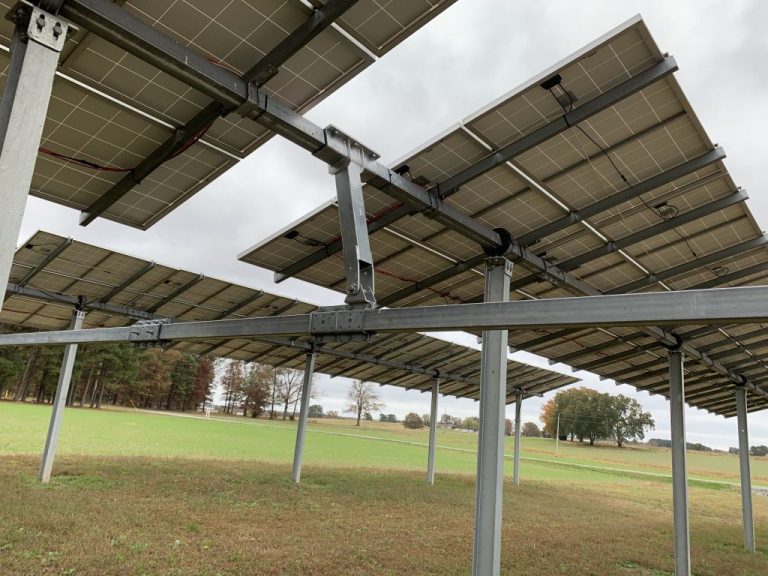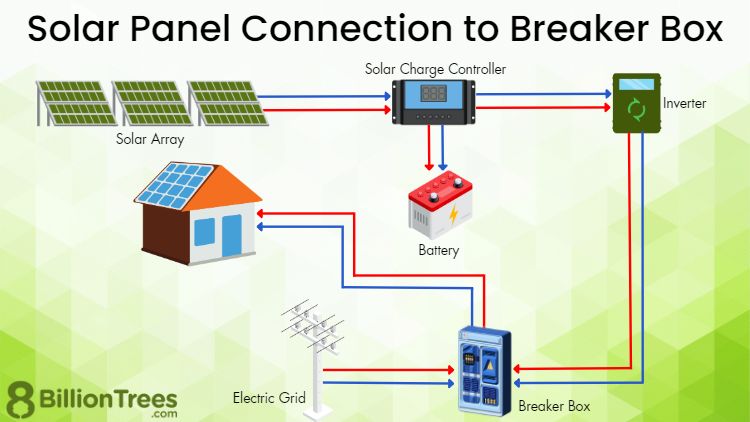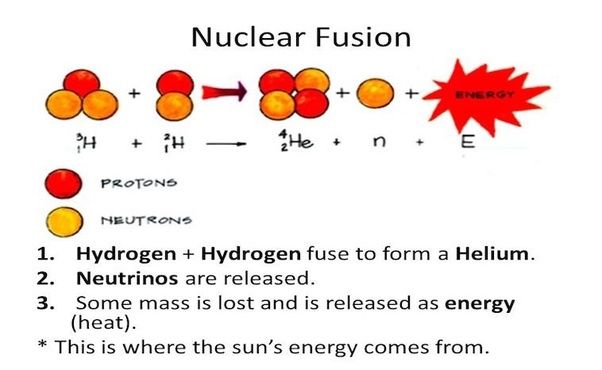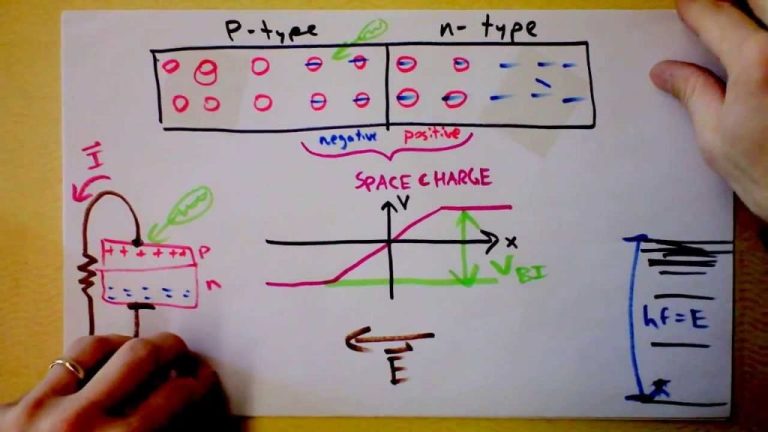How Many Solar Panels Does It Take To Generate 4000 Kwh Per Year?
Solar panels work by converting sunlight into electricity through the photovoltaic effect. They are made up of photovoltaic cells that contain materials able to release electrons when exposed to light. The electrons flow and generate a DC electric current that can then be converted to AC electricity for household use (National Grid, 2023).
The number of solar panels needed to generate a certain amount of electricity per year depends on several factors. These include the average electricity usage of the home, the solar irradiation available in the geographic location, the rated power output of the solar panels, as well as system components like inverters and batteries.
Average Home Electricity Usage
The average U.S. household consumes about 10,500 kilowatthours (kWh) of electricity per year[1]. However, electricity use varies widely across regions due to differences in home size, weather conditions, household income, utility prices and appliance use[2]. For example, the average annual electricity consumption in California homes is about 7,000 kWh, while homes in Louisiana average about 15,000 kWh per year. The range can be from as low as 3,000 kWh to as high as 20,000 kWh per household per year depending on the factors mentioned above.
The average daily electricity consumption is about 29 kWh. Electricity use is generally highest in the summer months of June through September when air conditioning is used more frequently.
Solar Panel Output
The output of a solar panel is measured in watts, which indicates the maximum power the panel can produce under ideal conditions. The average residential solar panel today has a power output rating between 250-400 watts (Source 1). So a standard 250 watt solar panel under peak conditions could produce up to 250 watts of electricity.
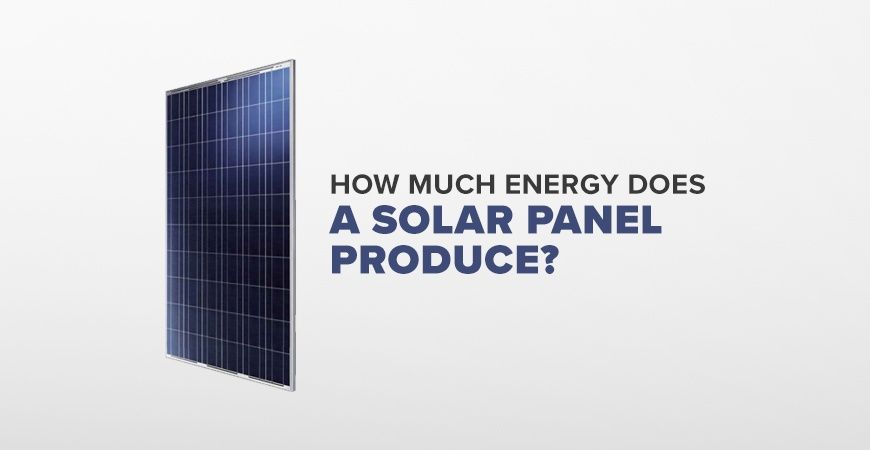
To determine how much energy a solar panel produces per day, you need to consider solar panel efficiency. Most panels are 15-22% efficient (Source 2). A highly efficient 400 watt solar panel with 22% efficiency in optimal conditions produces around 1.5 kWh per day (400 * 0.22 * 6 peak sun hours). Less efficient panels would produce less. The key factors are the panel wattage, efficiency rating, and daily sun exposure.
Solar Irradiation
The output of solar panels is heavily dependent on the amount of solar irradiation available in a given location. Solar irradiation refers to the amount of sunlight energy received at a site over a given area over a given time. It is measured in kilowatt-hours per square meter (kWh/m2).
Solar irradiation levels vary significantly across different regions in the United States. According to data from the National Renewable Energy Laboratory (NREL), annual solar irradiation ranges from around 1200 kWh/m2 in Alaska to over 2600 kWh/m2 in parts of the Southwest deserts [1]. This map from NREL shows the variation in average annual solar irradiation across the continental United States:
[INSERT MAP]
Areas with high solar irradiation, such as the Southwest, have greater solar panel output potential compared to regions with lower irradiation. When calculating the number of solar panels needed, it is important to consider the average annual solar irradiation for your specific location.
Other Factors Affecting Solar Panel Output
There are several key factors that affect the amount of energy solar panels can produce, beyond just the rating of the panel itself. Proper installation and site selection are critical to maximize solar panel output.
The tilt angle and orientation are very important. Solar panels produce the most energy when pointed directly at the sun. Facing solar panels south (in the northern hemisphere) allows them to capture the most sunlight over the course of a year. The ideal tilt angle is equal to the latitude, angled up towards the equator. This balances production throughout the seasons as the sun’s path changes. https://sustainablereview.com/factors-affecting-solar-panel-output/
Shading can dramatically reduce output. Even a small amount of shading from trees, chimneys, or other buildings can block a significant portion of sunlight. Solar panels work best with full sun exposure throughout the day. Careful site planning is required to minimize shading.
Soiling from dirt, dust, bird droppings, etc can also cut production. Regular cleaning helps maximize efficiency. Solar panel tilt angles around 30 degrees tend to be optimal for self-cleaning from rainfall in many climates.
Ambient temperature affects solar panel performance. Colder temperatures can reduce output, while hotter temperatures can decrease it due to efficiency losses. High winds may also decrease production. Environmental factors like clouds, rain, and pollution affect how much sunlight reaches the panels.
Sample Calculation
Let’s walk through a sample calculation for a hypothetical home to determine the number of solar panels needed to generate 4,000 kWh per year. We’ll make the following assumptions:
- The home uses 800 kWh of electricity per month on average, so 9,600 kWh per year
- The solar panels will be installed in Phoenix, AZ which receives about 6 peak sun hours per day on average (according to this source)
- The solar panels under consideration are 330W panels
Here are the steps to determine how many 330W solar panels are needed:
- Annual electricity usage = 9,600 kWh
- Target annual solar production = 4,000 kWh
- Average peak sun hours per day in Phoenix = 6
- Daily solar panel production = 330W * 6 hours = 1,980 Wh = 1.98 kWh
- Number of panels needed = Target production / Daily production per panel
= 4,000 kWh / 1.98 kWh per panel = 2,020 kWh / 1.98 kWh per panel = approximately 2 panels
So for this hypothetical home and location, 2 x 330W panels would be sufficient to produce the desired 4,000 kWh of electricity per year. Actual requirements will vary based on specific home energy use, solar panel wattage, and location.
Cost Considerations
The cost of a solar panel system has dropped significantly in recent years, but installing solar panels still represents a major investment. According to the U.S. Department of Energy, the average cost to install a residential solar system is around $3 per watt, with most systems ranging from 5-8kW in size for an average home. At $3 per watt, a 5kW system would cost $15,000 and a 8kW system $24,000 before incentives [1].
However, homeowners can take advantage of federal and local incentives to reduce the overall system cost. The federal solar tax credit allows homeowners to deduct 26% of the cost of installing a solar energy system from their federal taxes through 2032. Many local utilities and state governments also offer additional rebates and tax incentives for solar panel installation. With the federal tax credit and other incentives, the out-of-pocket cost for the average home solar system often ranges from $9,000-$15,000 [2].
Batteries
Adding a battery storage system to a solar panel system can increase energy independence but also adds significant cost. A battery allows solar energy generated during the day to be stored for use at night or during power outages. This provides homeowners with consistent access to solar power even when the sun isn’t shining. According to BankRate, popular solar batteries range in cost from $6,000 to $23,000 depending on the battery capacity and chemistry [1]. The batteries also need an inverter and installation that can add an extra $3,000 to $4,000 to the total cost according to SaveOnEnergy [2]. So while batteries provide energy security, the high upfront investment of $10,000 or more needs to be weighed against potential electricity bill savings.
Maintenance
Solar panels require some periodic maintenance to keep them operating efficiently. The main maintenance tasks involve keeping the panels clean and clearing any debris or snow that accumulates on them. Most solar companies recommend cleaning solar panels at least 2-4 times per year, depending on local conditions (CITE). More frequent cleaning may be required if the panels are in a location prone to things like dust, pollen, bird droppings etc. Proper cleaning involves using water and a soft brush or cloth to gently wipe the panels (CITE). Harsh chemicals or abrasive materials should be avoided as they can damage the panels.
Beyond just cleaning the panels, it’s also important to inspect them periodically for any issues like cracked glass, loose wiring, corrosion etc. Any trees or plants that are encroaching on the panels and blocking sunlight should also be trimmed back. Checking electrical connections and tightening if needed is also recommended. Most quality solar panels are very durable and require minimal maintenance if installed properly. But periodic inspections and cleaning are important to maximize solar production over the life of a system (CITE).
Conclusions
The number of solar panels needed to generate 4,000 kWh per year depends on several key factors. These include the average electricity usage of the home, the solar irradiation in the area, the rated wattage of the solar panels, and system losses from various components.
For an average home using around 10,000 kWh per year, with panels rated at 330 watts each, and accounting for about 14% in system losses, the calculation showed that around 12 solar panels would be required. This is just an estimate, as actual requirements vary. But for a typical home, installing 12 standard 330W panels is likely to generate around 4,000 kWh per year.
To determine a more precise number, an onsite evaluation would be needed of the specific home’s energy use and the solar resource available. But this provides a reasonable ballpark estimate for the number of panels required to offset a substantial portion of an average home’s electricity usage.

